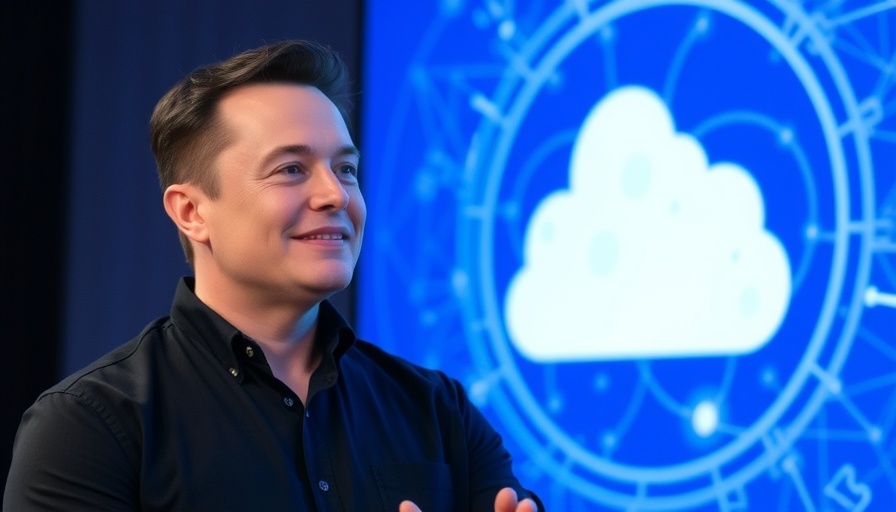
Unpacking Grok 3: A New Force in AI Healthcare
Microsoft has made waves in the tech world by adding Elon Musk’s AI innovation, Grok 3, to its Azure platform. This significant move not only enhances Azure’s offerings but also emphasizes the growing importance of artificial intelligence in healthcare and scientific research. Grok 3 is designed as a large language model (LLM), providing capabilities that can revolutionize how we approach medical diagnostics and facilitate scientific discoveries.
What Grok 3 Offers
The addition of Grok 3 allows developers to create advanced AI applications that can cater to various enterprise needs. Trained on a colossal supercluster, Microsoft touts Grok 3’s abilities in coding, reasoning, and even medical diagnostics. Users would be able to upload medical images like X-rays and MRIs for analyses, a feature endorsed by Musk to further refine Grok’s utility in real-world scenarios.
Ethical Considerations Arising
However, this leap into AI-driven healthcare doesn’t come without scrutiny. Privacy regulators, particularly in Europe, are examining Grok 3’s data processing methods due to potential violations of the General Data Protection Regulation (GDPR). Critics raise concerns about the accuracy and safety of AI-generated medical diagnoses, urging a thorough review of the ethical implications surrounding such technologies.
Where This Leads Us: A Future Perspective
As AI continues to permeate various sectors, including healthcare, it prompts essential conversations about passionate practitioners embracing technology cautiously. The harmony between innovation and patient safety is paramount. Understanding how tools like Grok 3 can positively impact lives may steer future advancements in health tech. Parents and educators alike should discuss these evolving tools with younger audiences, showing them both the potential and the pitfalls of innovative technology.
 Add Row
Add Row  Add
Add 




 Add Row
Add Row  Add
Add 


Write A Comment